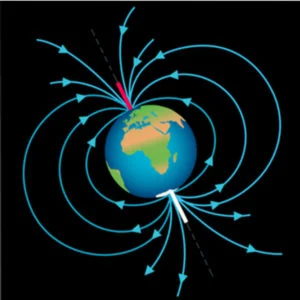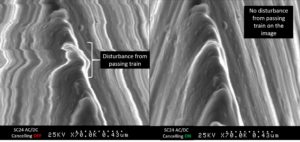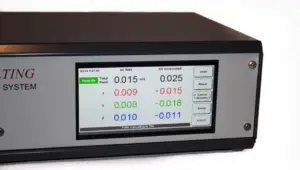
FILTERS
Close
Search
Categories
- Uncategorized (0)
- Site Evaluations (11)
- Vibration Isolation (15)
- Magnetic Field Cancellation (7)
- Acoustic Abatement (7)
- Blogs (17)
- Case Studies (6)
Recent Posts
Tags
Acoustic
Acoustic Abatement
Acoustic Enclosures
Acoustic Modeling
Acoustic Panels
Blog
Case Study
Cleanroom Panels
Daeil
DVIA
DVIA - M
DVIA-MB
DVIA-ML
DVIA-MLP
DVIA-P
DVIA-T
DVIA-UB
DVIA-UD
EMI Cancellation
Magnetic Field Cancellation
Monitoring
SC22
SC24
SC26
SC28
Site Survey
Spicer
Vibration Isolation
Starting A Project?
Contact our expert team at VEC to get started.

















